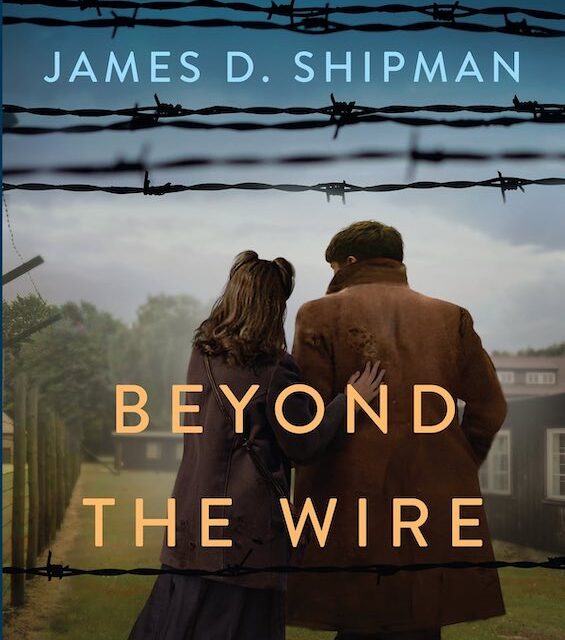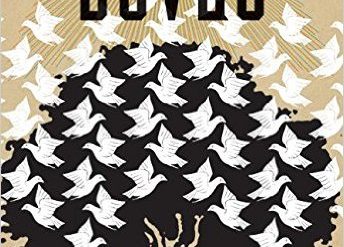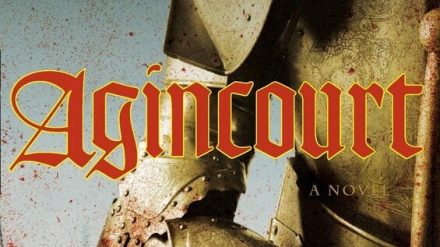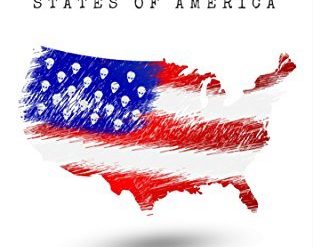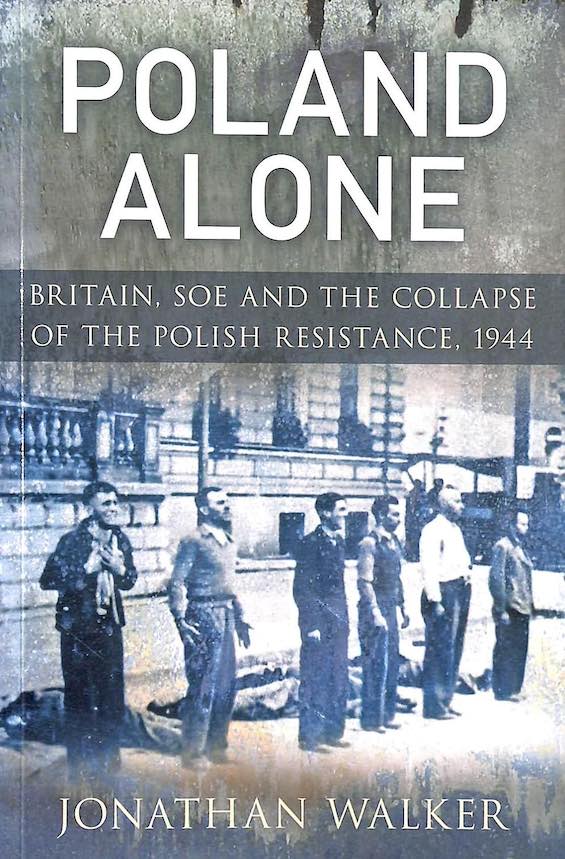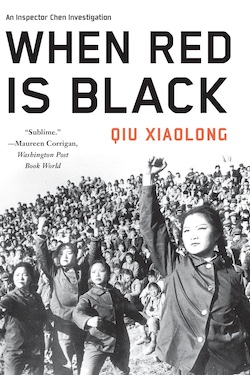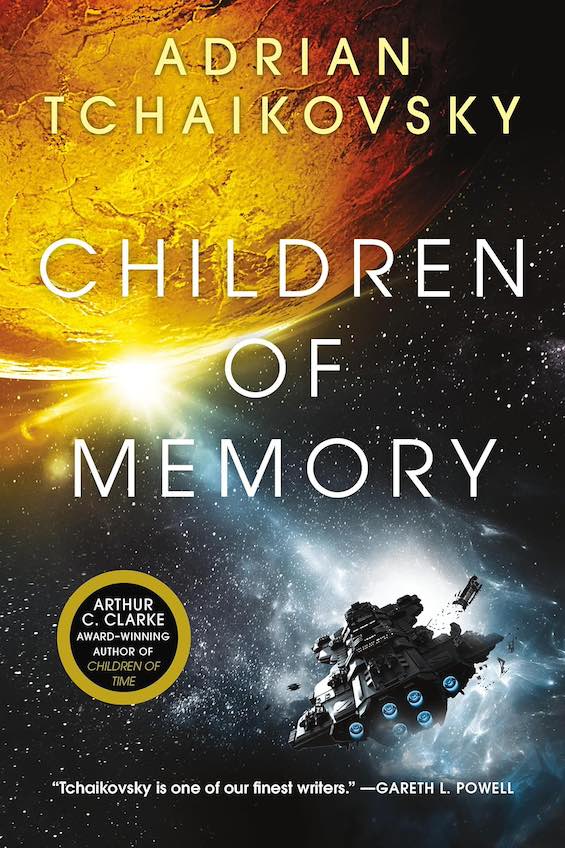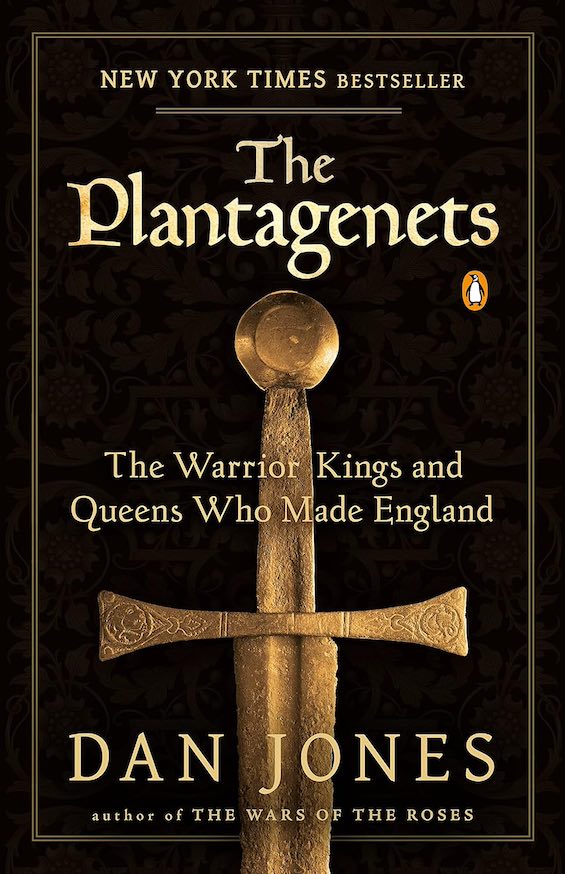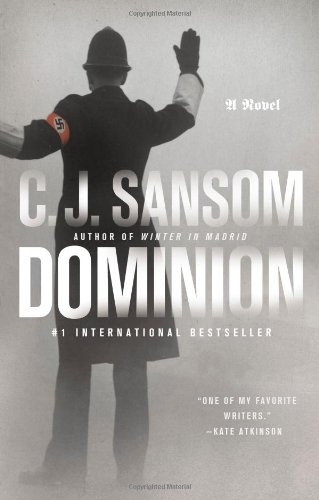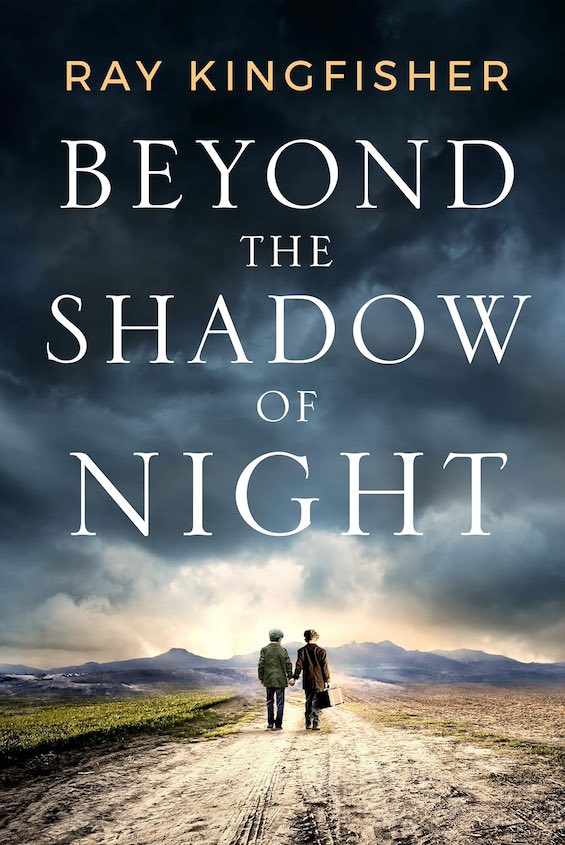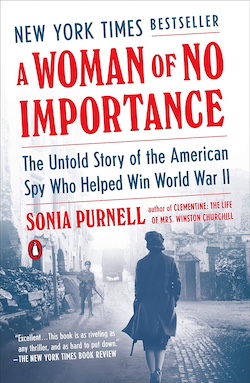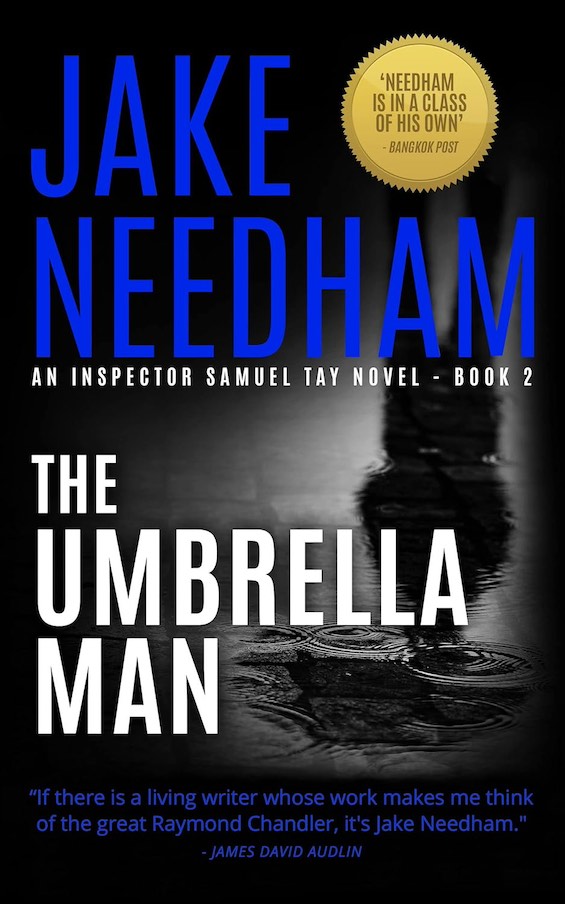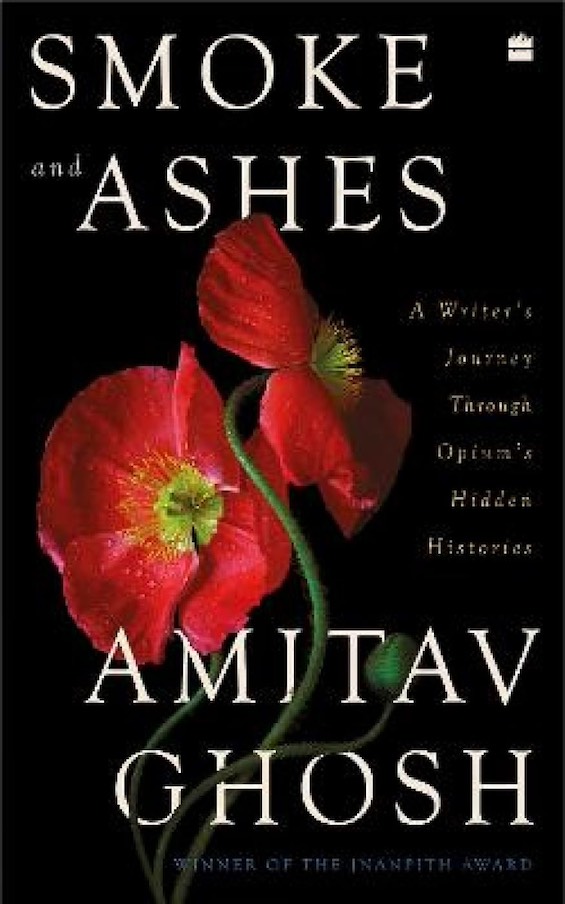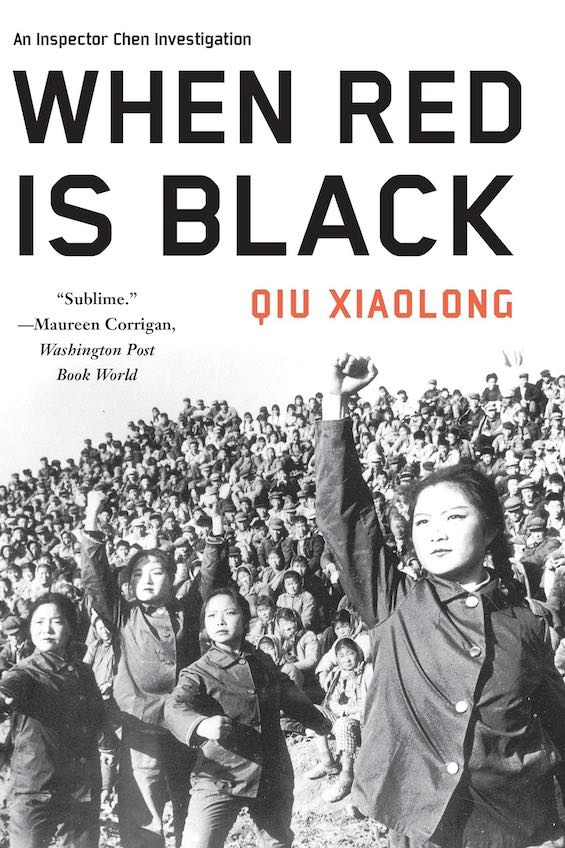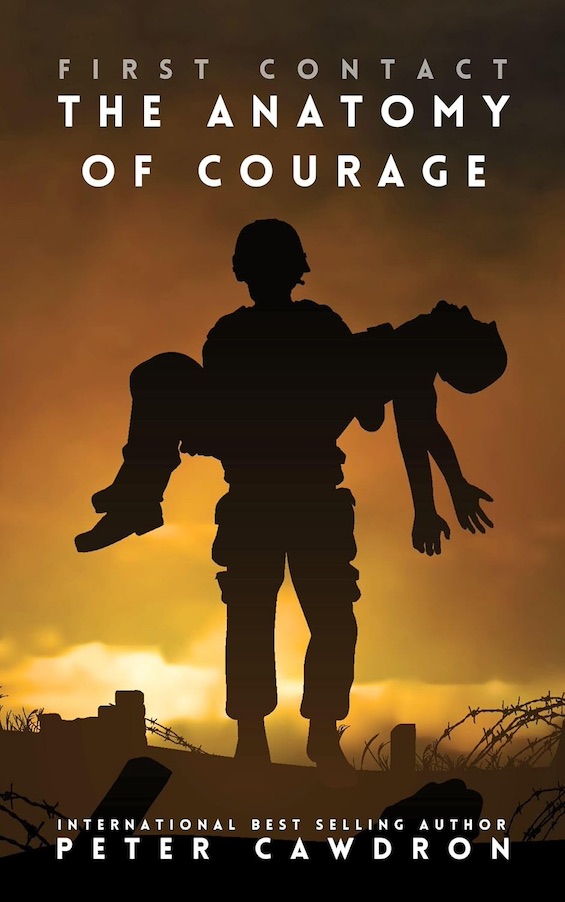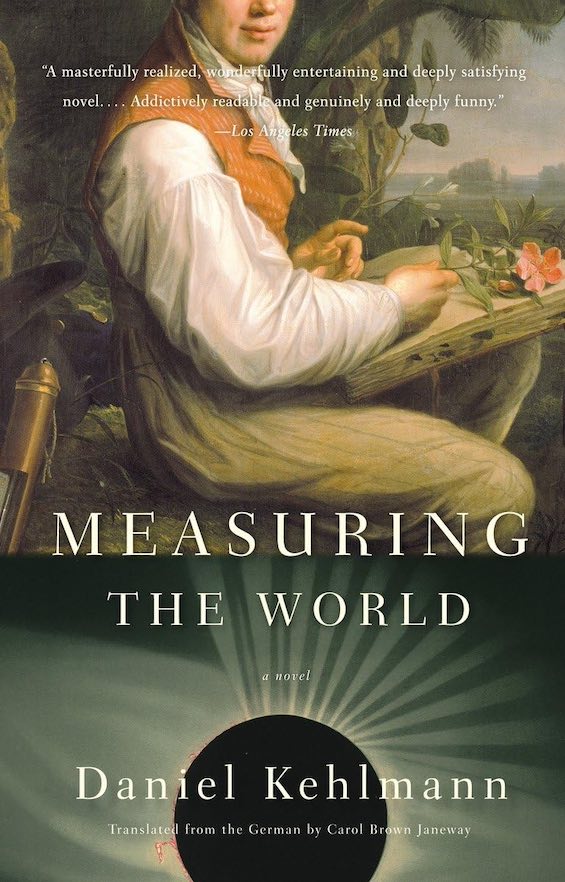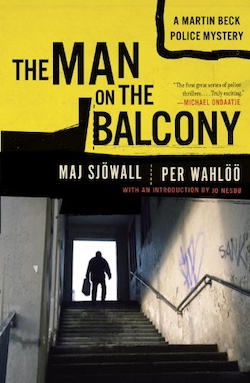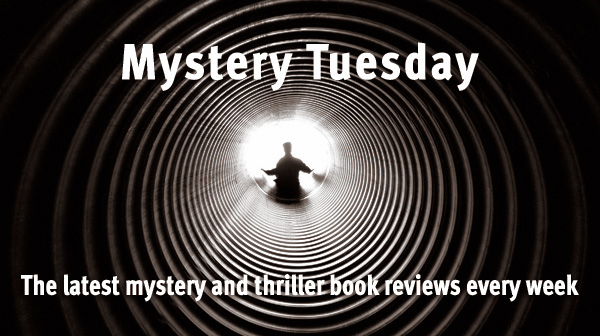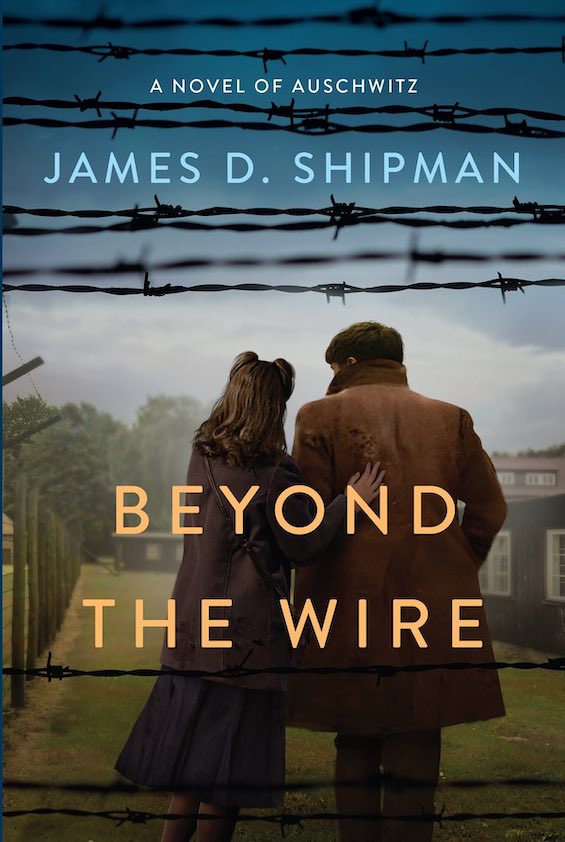
On October 7, 1944, some 250 members of the Sonderkommando at Crematorium IV, nearly all of them Jews, staged an uprising at Auschwitz. They had been hand-picked by their SS guards to manage the flow of doomed prisoners, Jews like themselves, herding them into the gas chambers and moving bodies into the crematoria. They were younger and stronger than most, a handful of survivors among the multitude of the dead. And in his novel, Beyond the Wire, James D. Shipman spins a grim story loosely based on the event.
Estimated reading time: 5 minutes
A powerful love story and a doomed show of defiance
Jakub constantly reminds himself of the promise he made to his murdered father—to live, at any cost. He is among the “fortunate” few, detailed to Crematorium IV, where he searches for gold, diamonds, and cash through the discarded clothing of the dead. He and the others in his group frequently turn up such treasures. They’re what allows them to bribe the guards for the extra food that sustains them. And Jakub’s friend, Tomasz, can also use the loot to gain them entrance to the women’s camp. It’s there that Jakub meets Anna. He’s instantly smitten. And the love that grows between them powers the story that unfolds as the Resistance’s plans for the uprising move forward.
Beyond the Wire by James D. Shipman (2022) 384 pages ★★★★☆
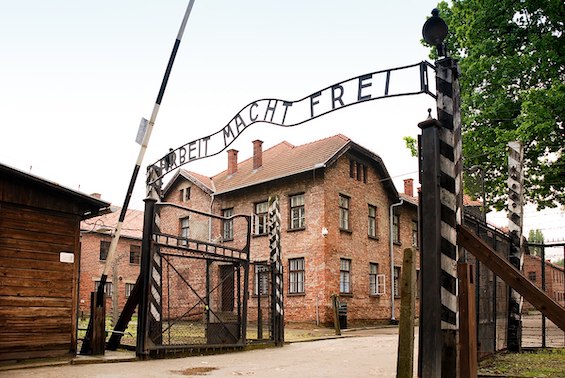
The five principal characters
During the events that take place at Auschwitz in October 1944, we enter the lives of five characters:
- Jakub Bak, a tough young Polish Jewish man who lost his entire family when they were shunted off to the gas chambers on arrival at Auschwitz.
- Anna, a young Polish Jewish woman, Jakub’s love. She is among those who work in the munitions factory who are smuggling small amounts of gunpowder to the Resistance within the camp, a weapon to use in the uprising they plan.
- Tomasz, a young Pole with “the fierce, weathered features of a Warsaw tough.” He has been a prisoner at Auschwitz almost since the beginning in 1940, and he knows how to take advantage of the guards’ greed.
- Sergeant Schmidt, “the worst German of them all,” is a sadistic SS guard who might be disregarded as a stereotype if he weren’t so tragically representative of the reality at Auschwitz.
- SS Obersturmführer Hans Krupp, head of security in the Birkenau camp, who reports directly to the brutal new. Lagerführer (camp director) Josef Kramer.
Who did the Nazis murder at Auschwitz?
Popular accounts of the Holocaust typically speak of the six million Jews who perished. But Jews were far from the only ones who died at the hands of the Nazis in their systematic campaign of murder. The latest scholarship has revealed that a total of at least seventeen million people died, and evidence of additional murders continues to turn up. (One historian of the period told me he believed the total would eventually top twenty million.) The total included huge numbers of Soviet civilians, Soviet POWs, Poles, and many others. And the demographics of the prisoner population at Auschwitz reflects similar diversity.
Auschwitz—or, more accurately, Auschwitz-Birkenau—was the center for the Nazis’ Final Solution. Some 1.1 million European Jews died there in the gas chambers, about one-sixth of the total who lost their lives in the war. But there were few Jews at the camp until early 1942, when the Nazis began methodically rounding them up and sending them “to the East.” Until mid-1942, the majority of prisoners there were Poles. The character of Tomasz in Shipman’s novel represents one such Polish prisoner. And soon after Operation Barbarossa, when Germany invaded the Soviet Union in June 1941, Soviet POWs began flooding into the camp. There were also numbers of ethnic minorities, including Sinti and Roma (“gypsies”), Jehovah’s Witnesses, and homosexuals.
About the author

James D. Shipman is a practicing attorney in the Pacific Northwest who lives with his wife and their blended family of seven children. He has an undergraduate degree in history and a degree in law from Gonzaga University. He is the author of eight historical novels.
For related reading
Previously I reviewed another of the author’s novels, Task Force Baum (An ill-fated mission to rescue American POWs in WWII).
I’ve also reviewed four other books about Auschwitz:
- I Escaped from Auschwitz by Rudolf Vrba and Alan Bestic (The most important Holocaust memoir)
- Man’s Search for Meaning by Viktor E. Frankl (From the ashes of the Holocaust, a gift of lessons for living)
- The Unwanted: America, Auschwitz, and a Village Caught in Between by Michael Dobbs (Did FDR betray the Jews of Europe?)
- The Tattooist of Auschwitz by Heather Morris (Holocaust memories: A deeply moving love story set at Auschwitz)
You might also enjoy:
- The 10 best novels about World War II
- 10 top nonfiction books about World War II
- Good books about the Holocaust
- 7 common misconceptions about World War II
- The 10 most consequential events of World War II
And you can always find my most popular reviews, and the most recent ones, on the Home Page.

